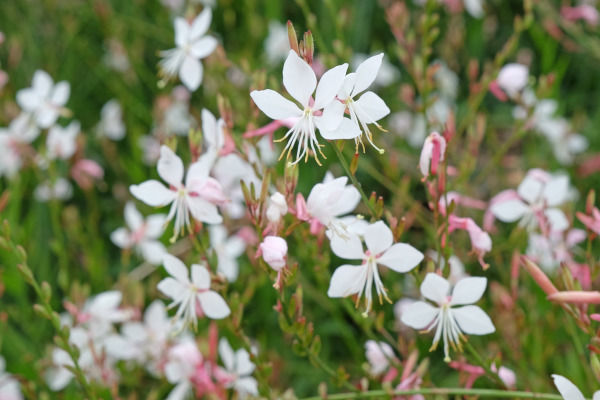How to grow Oenothera
Native to moist prairies in north America, Oenothera is valued for its airy panicles of pretty, butterfly-like flowers and exceptionally long bloom-time. Its foliage is small, willowy, and can sometimes develop distinctive dark spots.
There are around 20 species in the genus, though the most spectacular displays are provided by the many cultivated forms.
Though widely known as Oenothera, this member of the primrose family has also been known as Gaura, reclassified in the early 2000s and can now be found sold under both names.
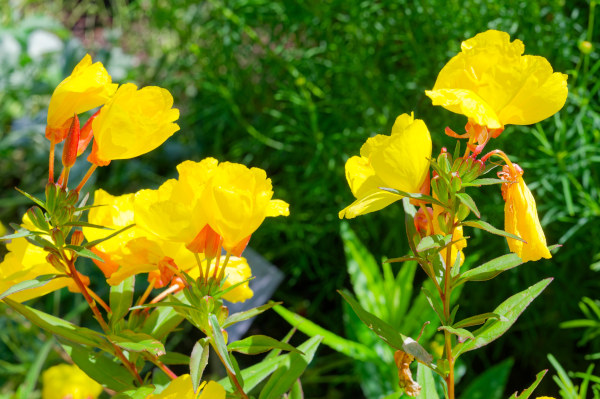
Zantedeschia is a genus of flowering plants from the family Araceae and is native to southern Africa. With a rich history dating back to the Ancient Romans, these deciduous or semi-evergreen perennials have been used as a symbol of celebration. Zantedeschia was Named after Professor Giovanni Zantedeschia, an Italian botanist.
There are two main forms of Zantedeschia: hardy and tender. Hardy forms of the plant can be grown outdoors, enjoy moist soil and full sun or partially shaded conditions - these are known as Arum lilies. Tender forms of Zantedeschia prefer being grown in containers or pots and should be brought inside over the winter - these are known as Calla lilies.
With tuberous flora in all colours from whites, yellows and oranges to deep reds and purples, Zantedeschias are not to be overlooked in any garden, as long as they have sufficient sunlight to grow in.
Ready to learn more about growing Zantedeschia? Read on for all there is to know...

Key Information
Soil pH
Position
Hardiness

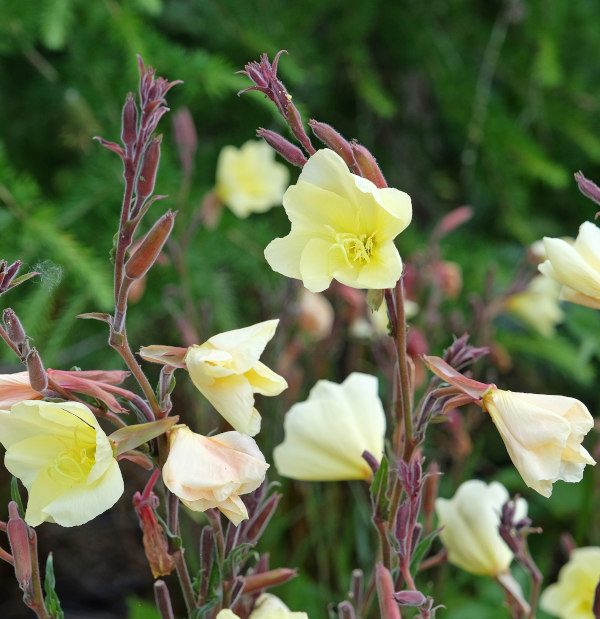
Where & when to plant Oenothera
Position- Full sun to partial shade
Soil- Fertile, moist, and well-drained
Flowering Period- Late spring until the first frosts
Hardiness- Hardy
For best results, plant in autumn or spring. An autumn planting is suitable for those gardening in ‘mild’ conditions. (Broadly speaking, this is the southern half of the UK). For those liable to very cold winters or waterlogged ground, it is best to wait until spring. (This is generally the northern half of the UK, or anyone gardening on heavy, clay soil).
Though it grows best in full sun and reliably moist soil, Oenothera will also tolerate partial shade and drought conditions. The latter ability is due to an especially deep rooting system, which while useful in a heatwave, does mean that once established this plant doesn’t move well (in other words, choose your spot carefully!).
The soft, airy texture of Oenothera naturally lends it to the role of ‘filler’ amongst more bold and chunky border plants. Its graceful, slender stems are particularly effective at injecting lightness and movement.
Oenothera makes an attractive container plant, though tends to be fairly short-lived when used in this way (that deep root system again). Many gardeners feel this is a price worth paying to have its delicate beauty included in their container displays.
How to plant Oenothera
In the ground
- Clear the chosen area of weeds.
- Dig a planting hole several times larger than the root ball. If you are gardening on soil that is poor, dry, or stony it is a good idea to mix in plenty of well-rotted organic matter at this stage.
- Place the plant in the hole, ensuring the top of the root ball sits level with the surface of the soil. Too low and the plant may rot, too high and the roots can dry out.
- Backfill with soil and firm in gently with your foot.
- Soak well with water.
- Mulch with well-rotted organic matter.
In a container
- Choose an appropriate container, the deeper the better. The eventual size of Oenothera can vary considerably, so do consult individual descriptions for details. You may wish to give your Oenothera its own pot, or include it in a larger, mixed tub. Ensure there are plenty of drainage holes in the bottom.
- Use a good quality potting compost with plenty of horticultural grit mixed in, and, if not already present in the compost (check the description on the bag) some slow-release fertiliser granules.
- Start by partially filling the pot with compost; enough so that when placed on it the upper surface of the root ball is about 3cm lower than the top of the pot.
- Infill all the space surrounding the root ball with compost, firming down with your fingers then adding a little more so the plant is held tight.
- Pick up the pot (if you can!) and lightly tap on the potting bench or ground a few times to help further settle the compost around the plant.
- Soak well with water.
- A mulch with horticultural grit will look attractive and help to prevent a ‘cap’ or crust forming on the top of the compost (something container plants can suffer due to the artificial nature of their watering).

What to plant with Oenothera
Oenothera sits particularly well in a cottage garden or naturalistic scheme. It mixes easily with a huge range of plants, though nothing beats seeing it with fellow prairie dwellers such as rudbeckia, solidago, veronicastrum, echinacea, eupatorium, stipa, and festuca.

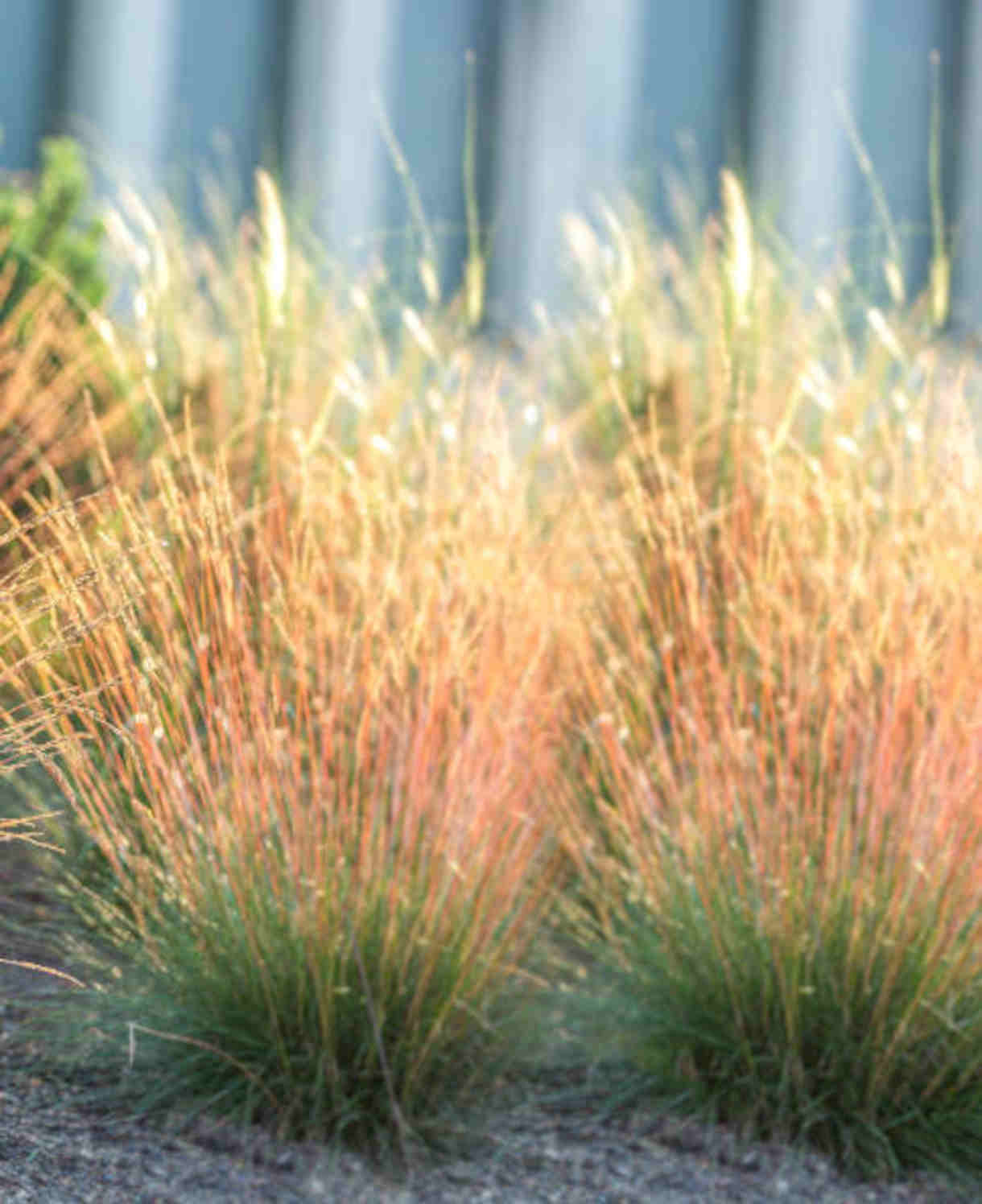
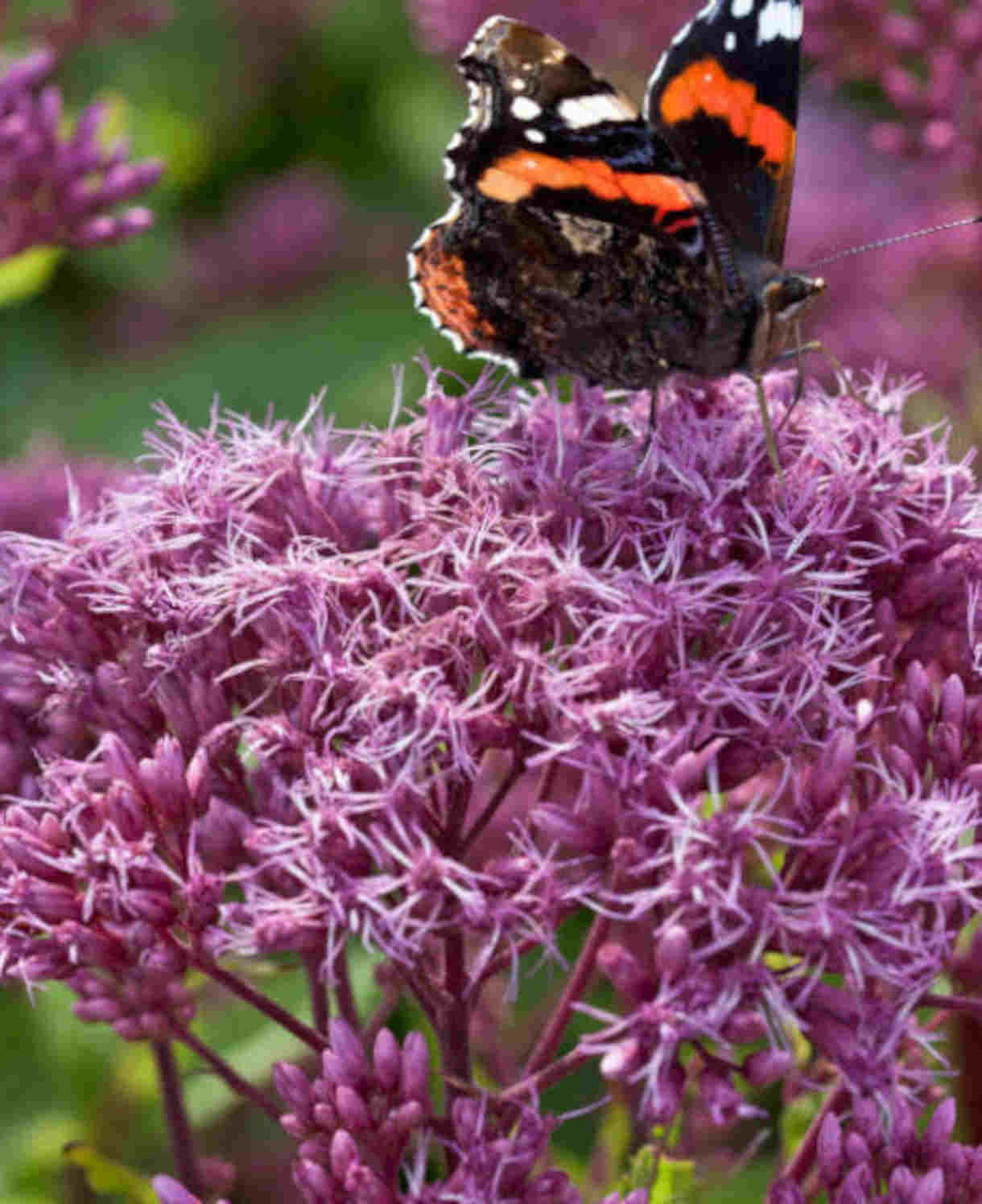
How to care for Oenothera
Pruning and Deadheading
Oenothera tends to shed spent flowers neatly without the need for deadheading.
Resist the urge to cut Oenothera back in autumn, instead waiting until spring. This allows you to enjoy the effect of cold temperatures on the foliage, which turns a rich, fiery crimson. It will also provide added protection to the crown in the event of a particularly harsh cold snap.
Watering
Water regularly until established. After this, Oenothera in the ground tends to take care of itself.
Container-grown Oenothera will continue to need watering throughout the growing season. Allow the top few centimetres of compost to dry out between soakings.
Cold Protection
Oenothera can withstand temperatures between -5°C and -10°C. This means it should overwinter in most of the UK with no need for additional protection.
As with all plants, those grown in containers can be more easily damaged by frosts. If you garden in an area prone to particularly cold winters, it may be worth wrapping your containers in fleece or hessian.
Pests and Diseases
There are no known pests or diseases to affect Oenothera.
How to propagate Oenothera
The quickest and easiest way to propagate Oenothera is by cuttings, which can be taken any time during the growing season.
- Find non-flowering shoots 5-10cm long and snip off the plant.
- Put them in a plastic bag straight away to prevent drying out.
- Fill a container with a compost mix which is at least 50% perlite (or if you prefer, as we do, 100% perlite).
- Trim the end of the cutting to just below a node (point at which leaves grow).
- Remove the lowest leaves and soft tip, leaving 2-4 leaves.
- If the remaining leaves are large, cut them in half with a sharp knife (to reduce water lost through transpiration).
- Insert the cuttings into the compost and water lightly. Several cuttings can be put in the same container if there is enough space to do this without them touching.
- Place in a greenhouse or propagating unit if you have one, or covered with a plastic bag on a windowsill if not (out of direct sunlight).
- Keep the cuttings misted and occasionally watered until they root. You will know this has happened when roots emerge out of the bottom of the container.
- Gently remove rooted cuttings and pot them into individual pots. Overwinter in a cool yet frost-free environment such as an unheated conservatory, greenhouse, or cold frame, before planting out in late spring.
Common Oenothera questions
Do Oenothera plants come back every year?
Yes, all the Oenothera we sell are herbaceous perennials, meaning they die down in winter and come back into growth in spring.
Do you cut back Oenothera?
This is best done in spring, though autumn is also fine (you will just miss out on the cool season foliage colour; see ‘Pruning and Deadheading’ section above).
How do you keep Oenothera blooming?
Given a sunny spot and adequate moisture, Oenothera should flower long and hard without any additional input required. Deadheading is not usually necessary (see ‘Pruning and Deadheading’ section above).
